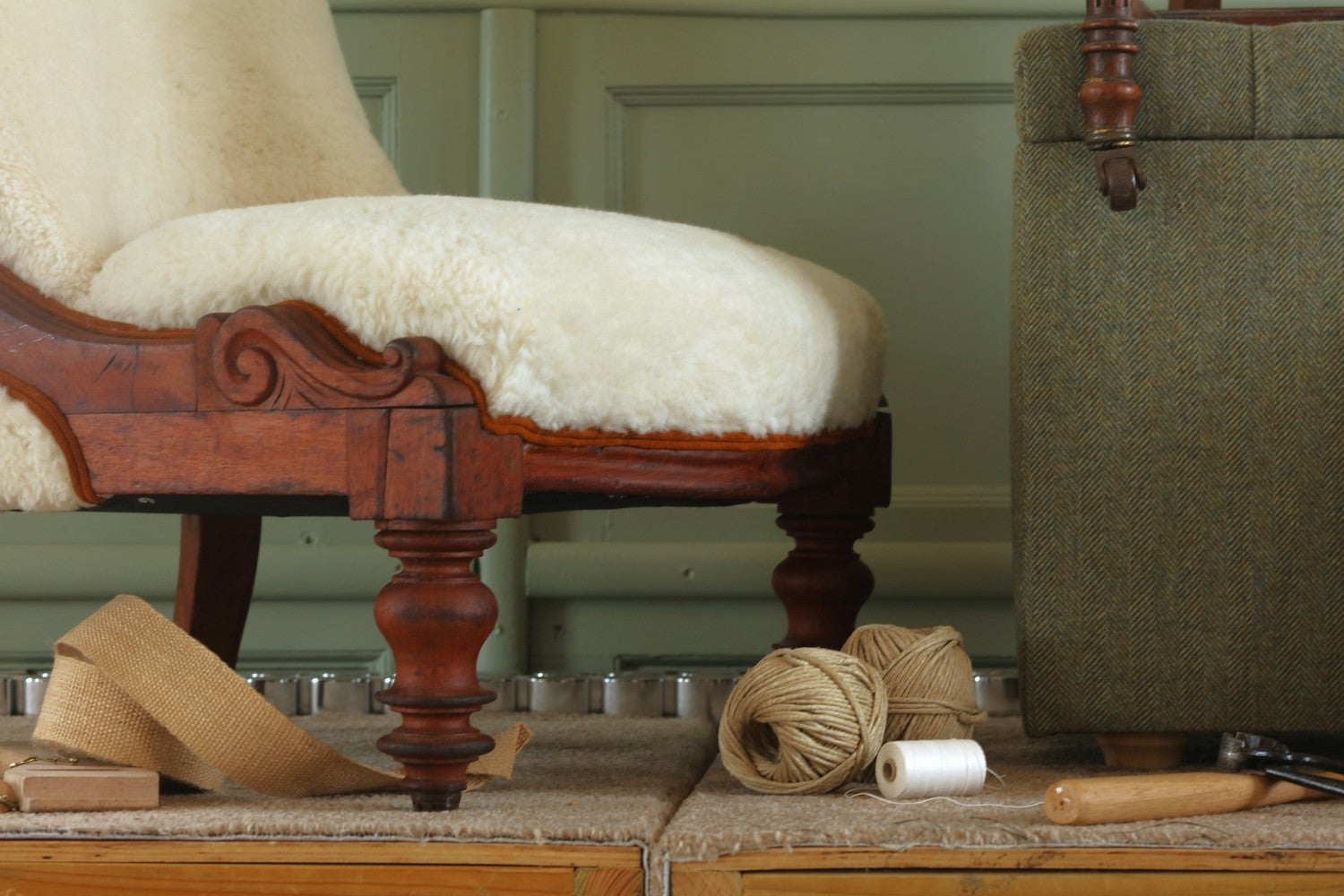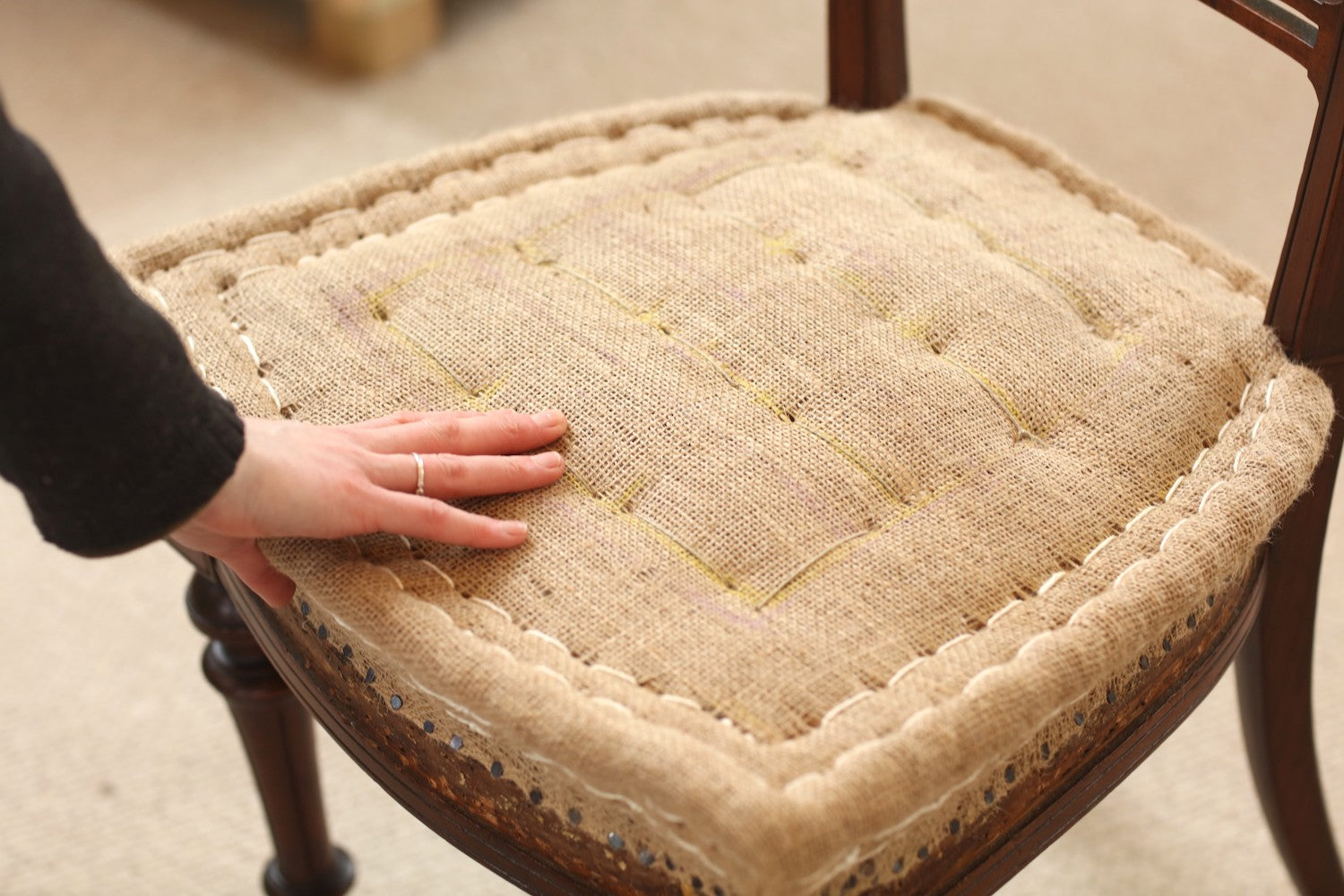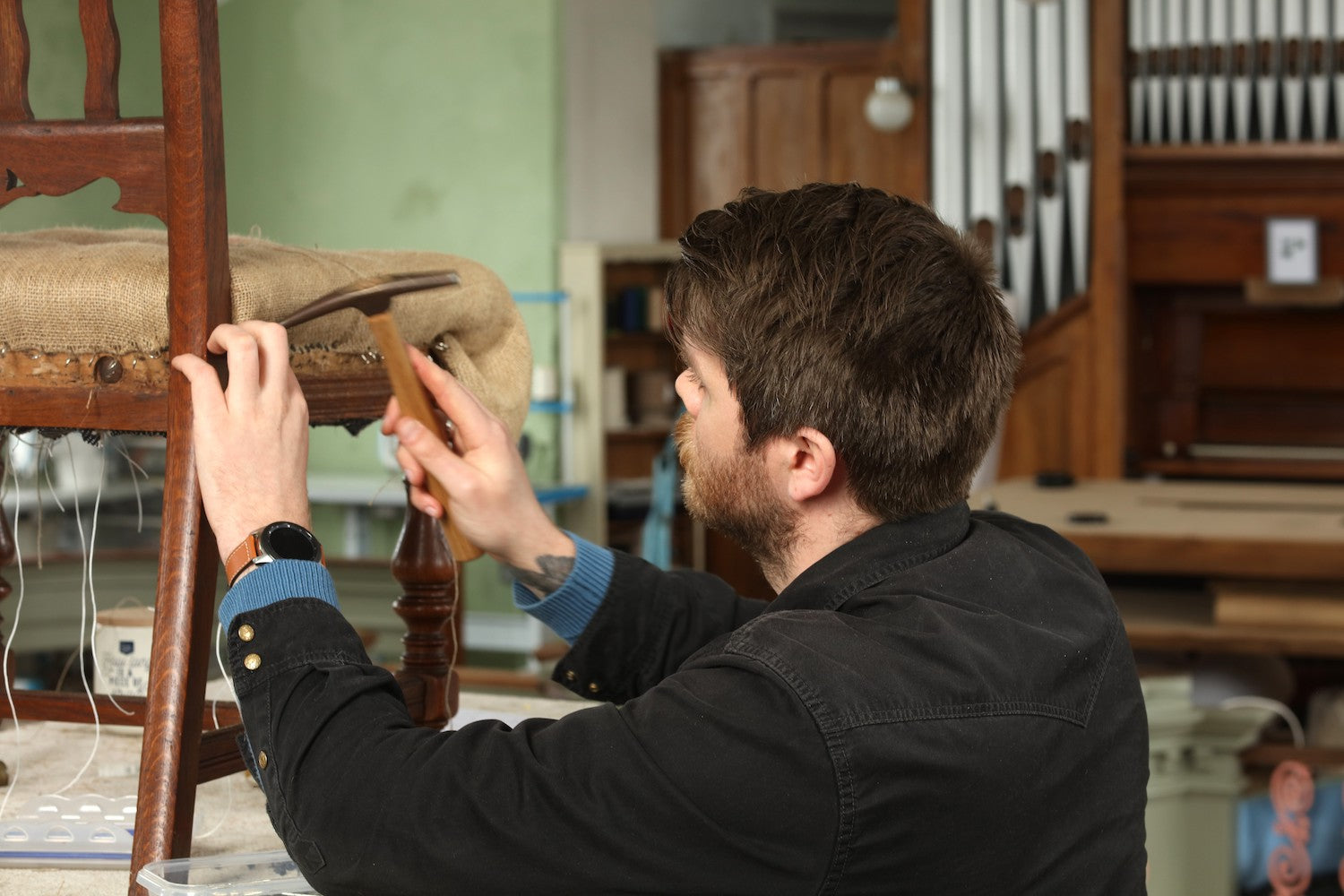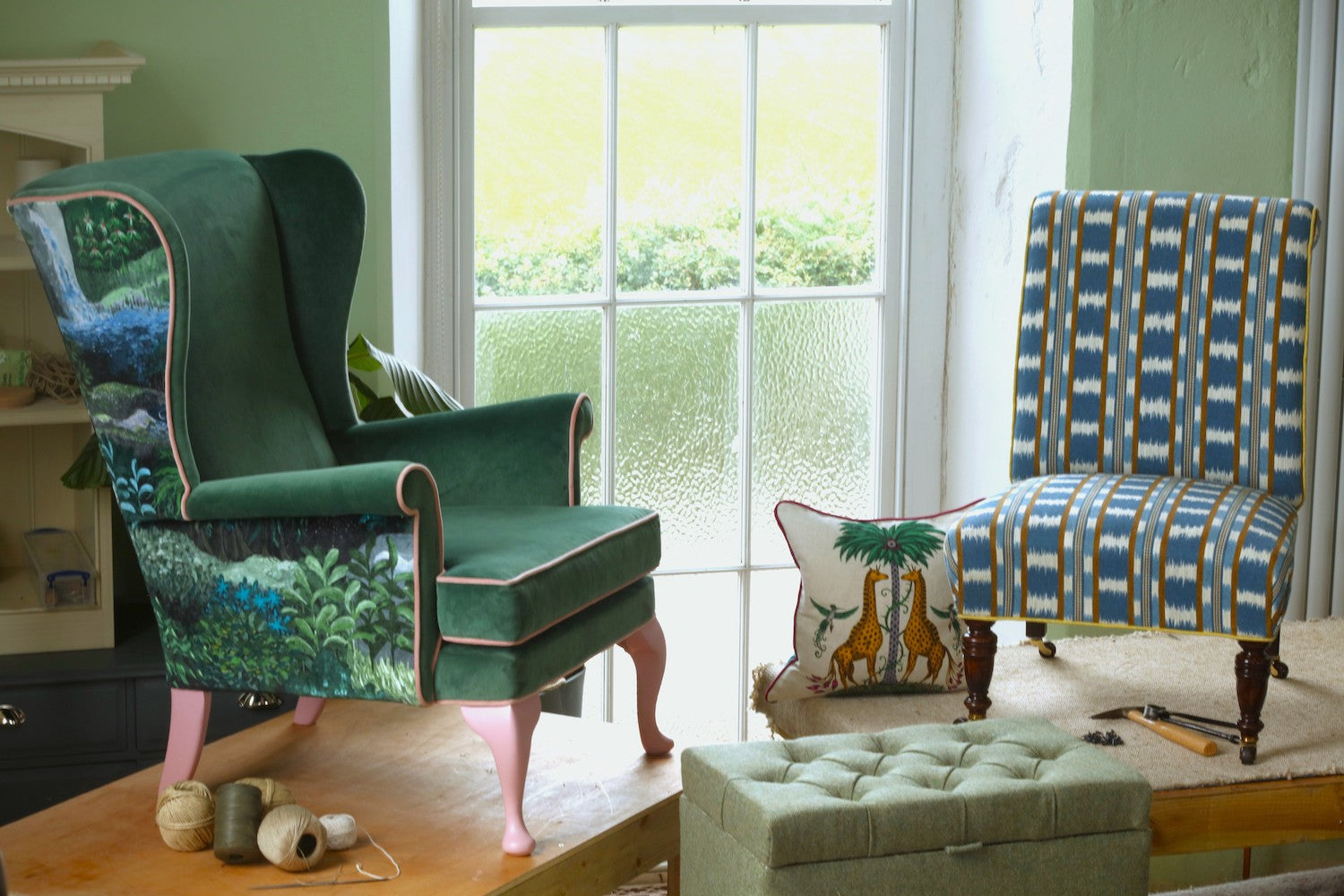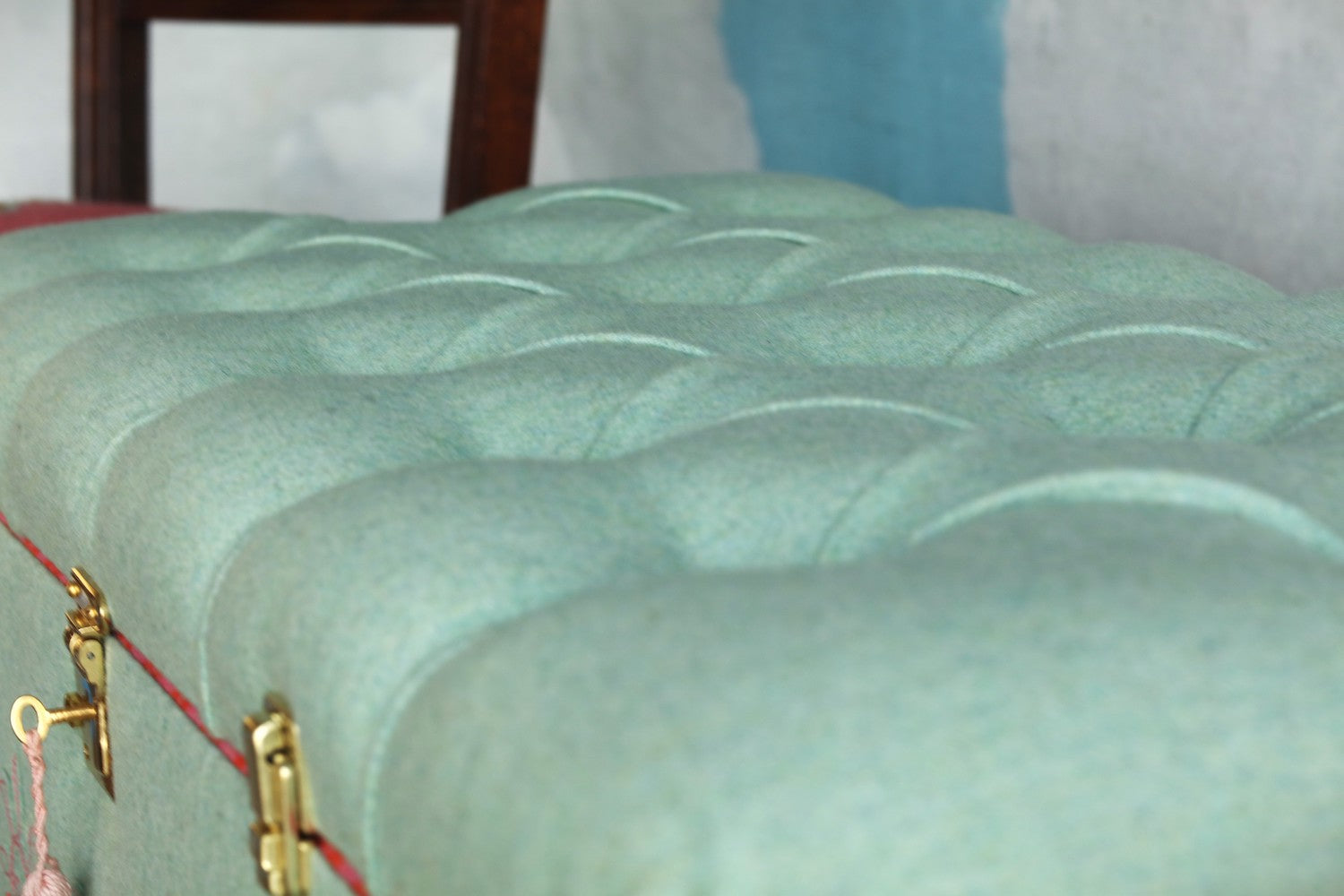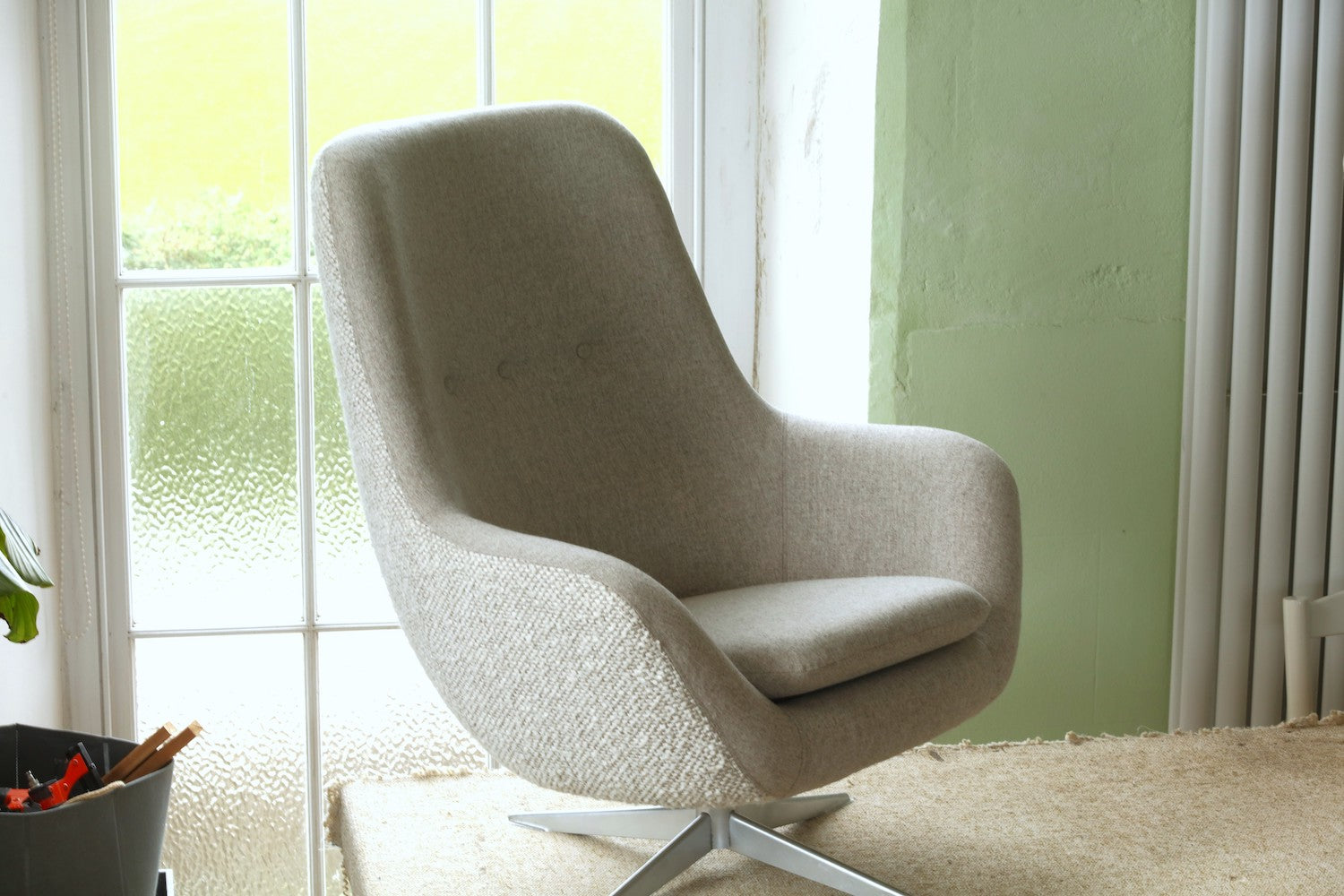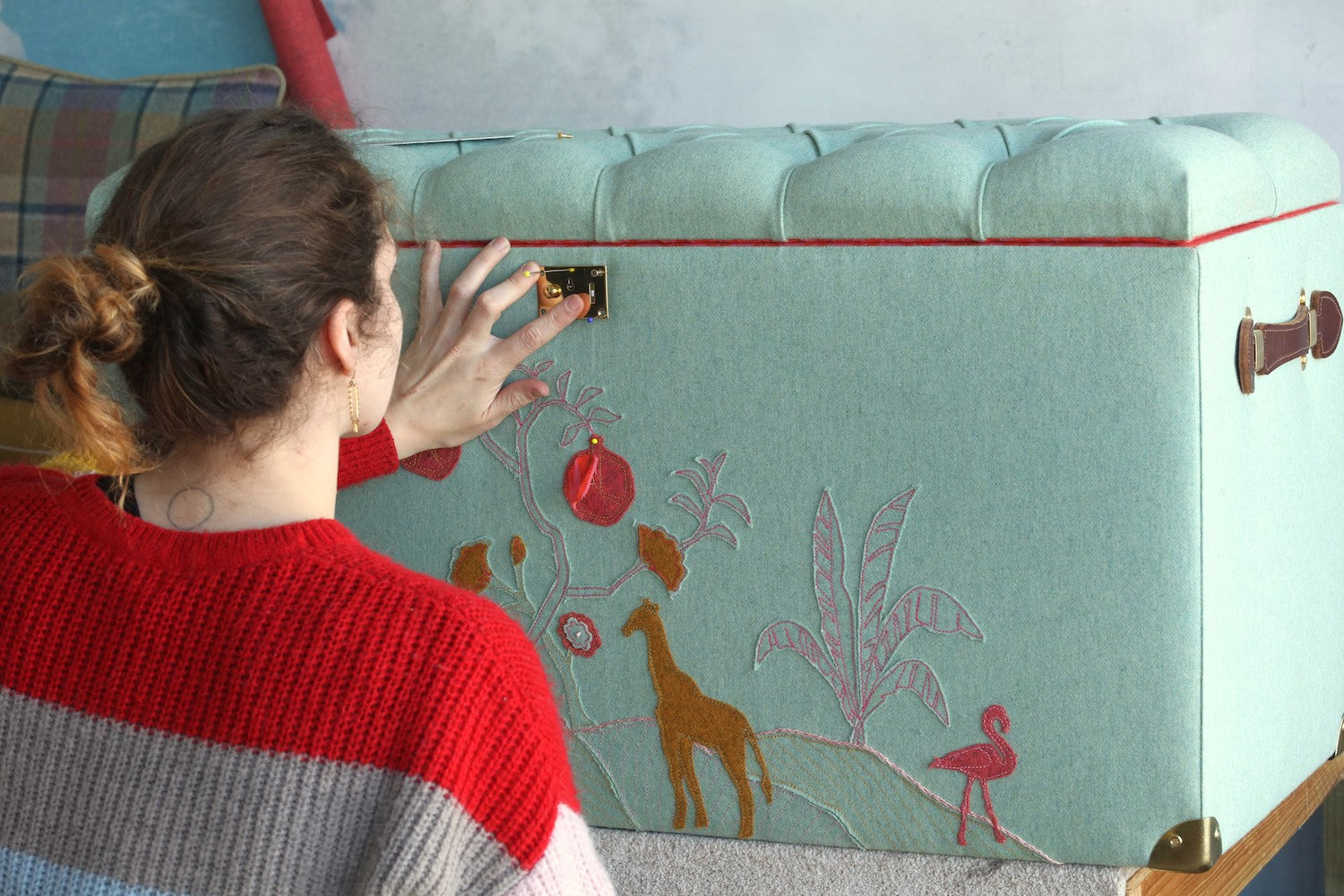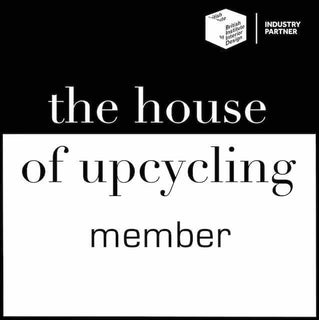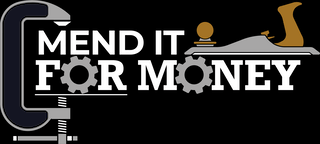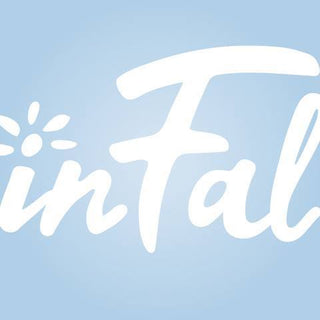AMUSF Diploma Course
 This is an upholstery diploma course in conjunction with the AMUSF. We are one of the few approved training centres for the Association of Master Upholsterers and Soft Furnishers.
This is an upholstery diploma course in conjunction with the AMUSF. We are one of the few approved training centres for the Association of Master Upholsterers and Soft Furnishers.
For those wanting to become a professional upholsterer, this accredited and industry recognised qualification is as good as it gets.
This is an upholstery diploma course in conjunction with the AMUSF. We are one of the few approved training centres for the Association of Master Upholsterers and Soft Furnishers.
For those wanting to become a professional upholsterer, this accredited and industry recognised qualification is as good as it gets. The course is split into three stages.
Stage 1 Craft Certificate, Stage 2 Intermediate Craft Certificate and Stage 3 Diploma.
Each stage takes 210 hours to complete, that is 6 weeks of practical studio time. Each stage must be completed within a 12-onth period. Meaning you can spread the 6 weeks out and have time to perfect and practice your skills as you progress. The three stages can be completed as individual certificate courses or you can proceed through all stages and gain your diploma upon completing stage 3.
Your work will be assessed at the studio on an ongoing basis throughout the course. You’ll also be assessed and graded annually by an external examiner appointed by the AMUSF.
Each stage costs £2,750 and that includes up to £250 of materials free of charge. Any materials used over this are to be paid separately, this material allowance does not include any top fabrics. A £550 non-refundable deposit is payable upon course enrolment. The remainder of the money is due in five £440 instalments, these are paid when booking to attend your chosen dates.
An AMUSF registration fee of £72 (inclusive of VAT@20%) is payable separately
direct to the AMUSF and must be made within 4 weeks of starting the course.
You can start this course at any time throughout the year. Please contact us for availability.
Stage One – craft certificate
You can start this course at any time throughout the year. Please contact us for availability.
Drop in seat – Modern Upholstery Techniques.
Drop in seat – Traditional Techniques
A traditional dining chair (without springs) or footstool. This will cover the 9 layers and various stitching techniques or traditional upholstery.
A traditionally upholstered sprung dining chair (Assessed piece)
Sprung Arm exercise (Exercise – frame supplied.)
Bolster end with Piping (Exercise – materials inc.)
Making a box cushion. This will cover making a cutting plan, working with seam allowances, making a zip panel and perfecting straight and squared corners.
Making a piped, zipped, scatter cushion. Assessed piece.
Fabric manipulation and stitching techniques – spend a day with a special guest tutor who will guide you through some sewing tips and wonderful techniques.
Upholstered and Lined Box with decorative detail and deep buttoned lid. You will create a mood board for this project and you will be encouraged to let your creativity fly on this one. (Assessed piece)
Written Research Project
Title – “Fabric Characteristics, Identification & appropriate Usage”
Project portfolio and notes:
This is an intensive training course. You will be challenged, encouraged and learn a lot. You will be expected to keep a portfolio of photographs and notes throughout the course. Make sure you have a big notebook and camera ready! The portfolio will provide evidence for the AMUSF to assess your work, should they need to see it. Keep your portfolio up-to-date as you go, as it is a lot to present if left to the last minute. A mood board for your assessed projects is also advised.
Additional learning and benefits:
Appropriate use of tools and equipment.
Appropriate use of fillings and materials.
Cutting, pattern matching and finishing of fabrics.
Trims and decorative finishing techniques.
Frame repairs and wood finishing techniques.
An extra day will be put on for all things related to setting up a business. Everything from branding, social media, photography, marketing to setting up trade accounts and costings.
Also covered will be Fire Regulations for commercial & domestic upholstered products.
Stage Two
In stage 2 you will put the foundation skills you have learnt into practice on bigger and more challenging and exciting projects.
Nursing Chair – Armless Chair with Traditionally Upholstered Seat and Back. This will build on your traditional skills from stage 1. You will learn how to put what you have learnt into practice onto a full chair. Working on your coir and hair sculpting skills, remembering those 9 keys layers and following the shape of the frame to perfection.
Post 1950s modern armchair – Modern Materials and Methods. We would prefer you to use a Parker Knoll frame from our list of advised models. This project will be challenging as it is all new skills. You will learn about layering and cutting around frames, working with and shaping foam, advanced cutting plans and pattern matching, working with single piping and slip stitching and making a cushion to fit perfectly.
Independent Sprung edge – Exercise Frame provided
Tailoring, including the fitting of caps and collars
T-Shaped Cushion with Zip and Piping
Written Research Project
Title – “History of Upholstered Furniture – a timeline and overview of the styles of
upholstered furniture and the development of upholstery techniques and materials used”
Stage 3 – Diploma
This is where it gets real. We recommend students practice what they have learnt in stages 1 and 2 before starting stage 3.
You will tackle a large traditional armchair to include at least two of the following elements: the fitting of caps and collars, scroll arms or stitched-up edges to arms, sprung arms, coil sprung seats, independent sprung edges, deep buttoning, fluting or an iron framed chair. This project will test your traditional skills and you’ll learn some new ones too. You will put your traditional skills into practice on a much larger scale. The devil is in the detail and this project will test your patience and take longer than you think but you will be amazed at what you accomplish.
Modern Chair with a concave inside back incorporating tailored fitting and/or top stitching i.e. Egg style (shell frame) with or without perfectly fitting cushions. This project will teach you all about tailoring for chairs, at the highest level and how to work with concave frames. Your sewing skills will be tested and you will create something so sleek and modern you will have a whole new appreciation for this style of chairs.
Written Research Project
Title – “History of Upholstered Furniture – a timeline and overview of the styles of upholstered furniture and the development of upholstery techniques and materials used”
You will build on what you have previously learnt at each stage and grow with knowledge and confidence. You will get plenty of guidance in a very relaxed and friendly environment as our class sizes are kept to a maximum of 6.
During this course you will also be given guidance and advice on setting up a business, how to cost up projects, what records to keep, insurance needed, how to set up your workshop and trade accounts, the importance of marketing, social media and branding. We are here to help you as much as we can so if there is something you want advice on, then we can cover it.
You will learn more than you thought possible and make some new friends along the way. If you are looking for a home away from home, where everyone gets as excited about chairs and fabric as you do, then come and join us.
Call or e mail us to arrange a time to visit the studio for an informal chat.

